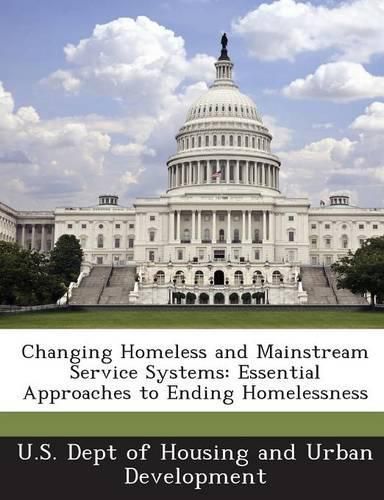Readings Newsletter
Become a Readings Member to make your shopping experience even easier.
Sign in or sign up for free!
You’re not far away from qualifying for FREE standard shipping within Australia
You’ve qualified for FREE standard shipping within Australia
The cart is loading…






Martha Burt and Brooke Spellman focus on how federal policy and state and local action have stimulated the development of homeless assistance networks and how those networks are evolving to address ending homelessness. While little formal research has been done on this subject, the authors present frameworks for assessing system change as well as describe promising practices from the field. They describe factors that may influence the success of change efforts, including the local and state context, the interest and commitment of stakeholders, the scope of desired change, the governance and management structure for change, and the intended process for change. They also review mechanisms that help make change happen by reorienting local Continuums of Care, matching clients and services, retooling funding approaches, and using data to track implementation and outcomes.
$9.00 standard shipping within Australia
FREE standard shipping within Australia for orders over $100.00
Express & International shipping calculated at checkout
Martha Burt and Brooke Spellman focus on how federal policy and state and local action have stimulated the development of homeless assistance networks and how those networks are evolving to address ending homelessness. While little formal research has been done on this subject, the authors present frameworks for assessing system change as well as describe promising practices from the field. They describe factors that may influence the success of change efforts, including the local and state context, the interest and commitment of stakeholders, the scope of desired change, the governance and management structure for change, and the intended process for change. They also review mechanisms that help make change happen by reorienting local Continuums of Care, matching clients and services, retooling funding approaches, and using data to track implementation and outcomes.